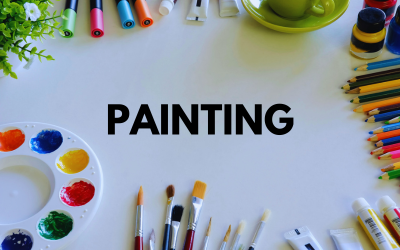Course description
Introduction to Online Painting Courses
Online painting courses offer a diverse array of benefits, catering to individuals seeking to explore their artistic side or refine existing skills. They provide a convenient platform to learn from expert instructors, offering flexibility in learning schedules and the comfort of home-based education.
Understanding Different Painting Styles
Exploring various painting styles taught in these courses helps enthusiasts identify their preferences, be it impressionism, abstract, realism, or contemporary art. Discovering a personal style is key to honing one's craft.
Essential Tools and Materials
Before delving into the artistry, understanding the necessary tools and materials is crucial. Knowing affordable alternatives without compromising quality empowers learners, especially beginners.
Fundamentals of Painting Techniques
Mastering brush strokes, understanding color theory, and grasping fundamental techniques lay the groundwork for creating captivating artworks. These basics serve as the cornerstone of artistic expression.
Here are five popular painting techniques:
1. Oil Painting: Using pigments mixed with oil, typically linseed oil, this technique allows for rich colors and blending capabilities. It's known for its depth and luminosity.
2. Watercolor Painting: Utilizing transparent pigments mixed with water, this technique creates delicate and translucent artworks. It often involves layering and requires a careful balance of water and pigment.
3. Acrylic Painting: Using fast-drying acrylic paints, this versatile technique allows for a wide range of textures and styles. It's known for its quick drying time and vibrant colors.
4. Impasto Technique: This technique involves applying thick layers of paint onto the canvas, creating a textured and three-dimensional effect. It adds depth and visual interest to the artwork.
5. Abstract Painting: Focused on shapes, colors, and forms rather than depicting realistic images, abstract painting allows for a more subjective and emotional expression of art. It's open to interpretation and often involves non-representational forms.
Each technique offers its unique advantages and challenges, allowing artists to explore various creative avenues in the world of painting.






